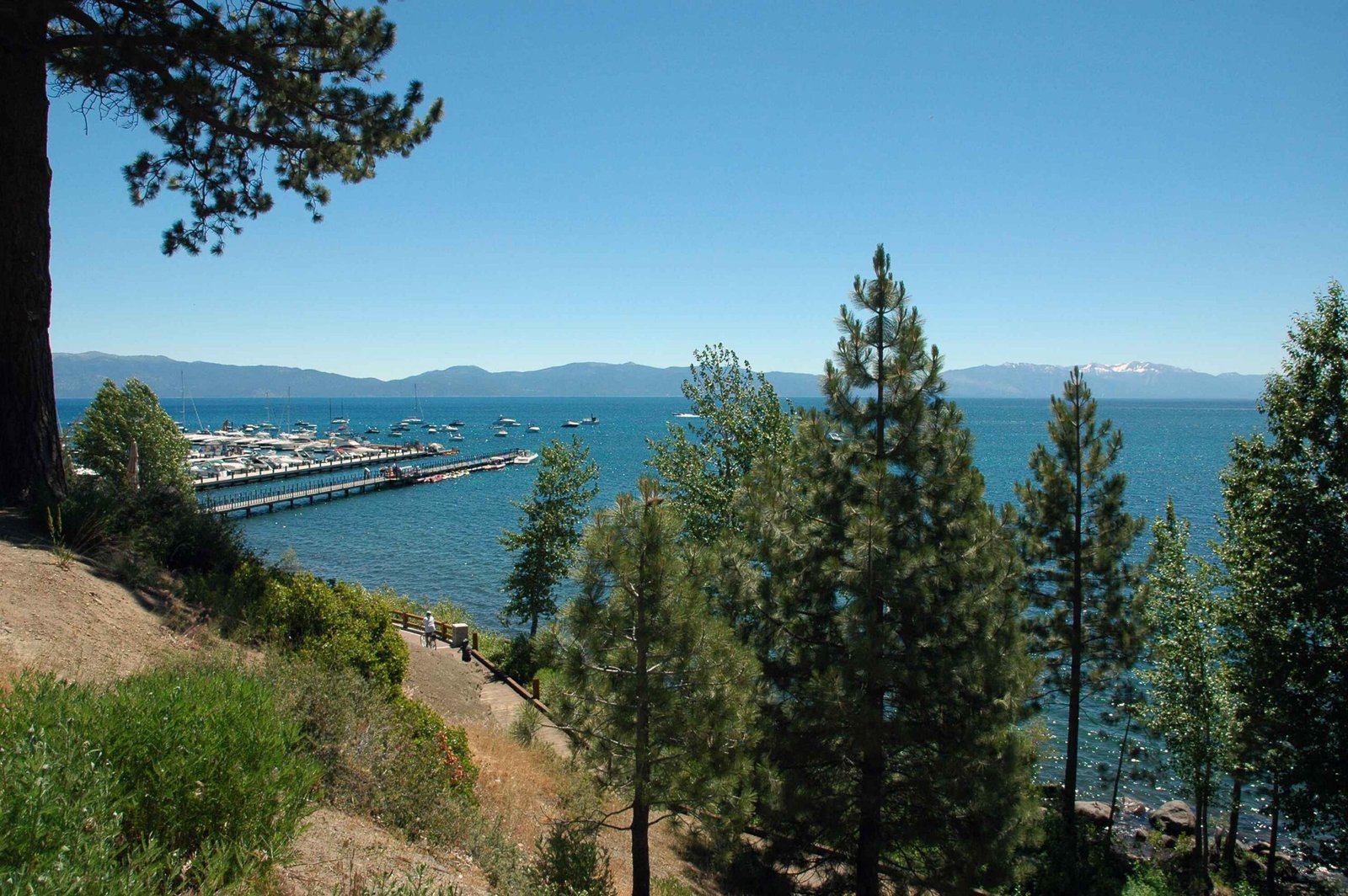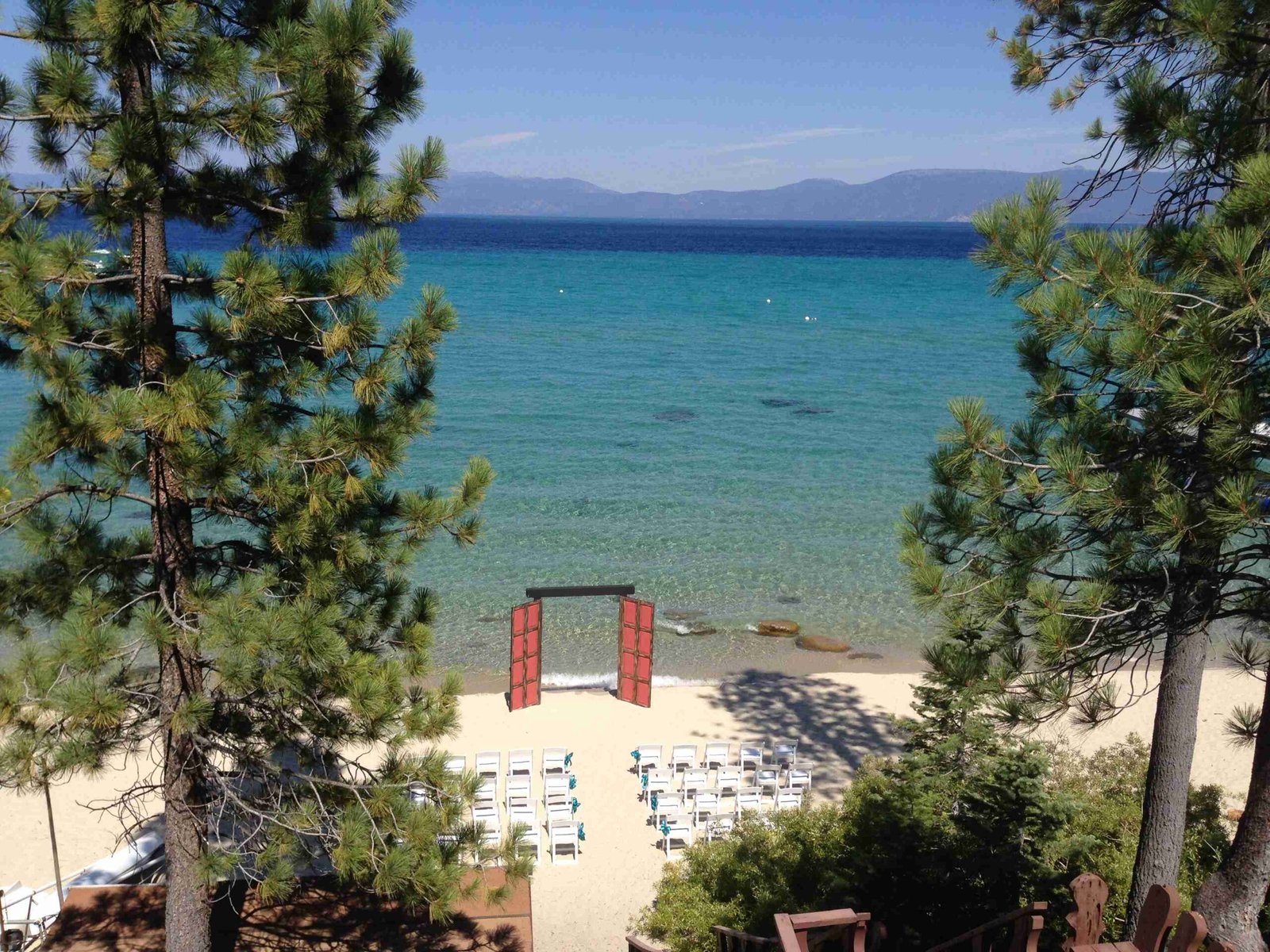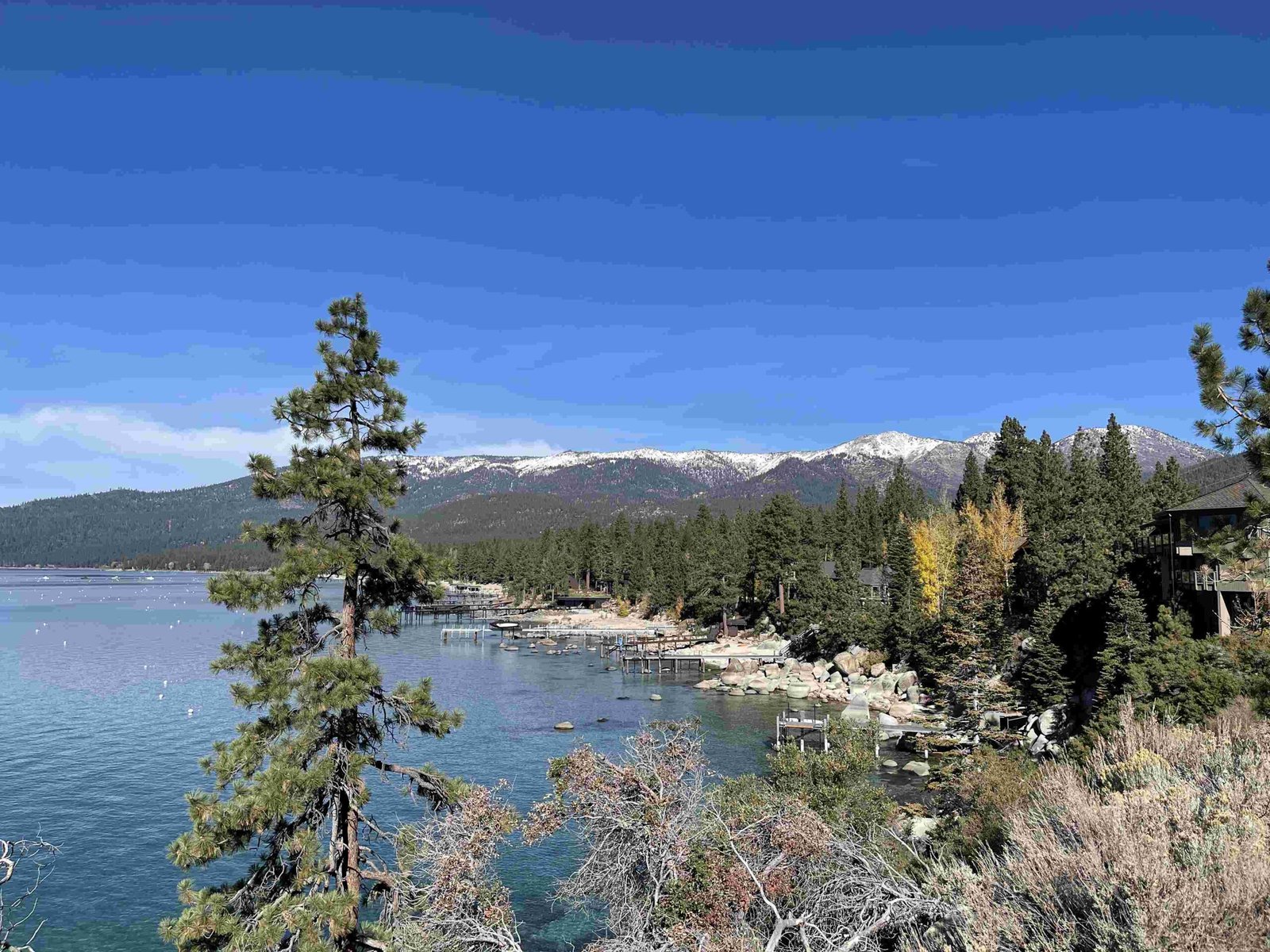Emerald Bay in Lake Tahoe transforms into a stunning winter landscape, where pristine snow blankets the dramatic granite cliffs, frozen waterfalls, and historic Vikingsholm castle. The region experiences significant snowfall, creating a magical alpine environment that attracts photographers, winter sports enthusiasts, and nature lovers seeking extraordinary winter experiences in one of California’s most iconic scenic destinations.
What Makes Emerald Bay Snow Unique?

Emerald Bay’s snow landscape is extraordinary due to its unique geographical positioning. Nestled within Lake Tahoe’s Sierra Nevada mountains, the bay receives substantial snowfall, typically ranging from 300-500 inches annually. The microclimate creates stunning snow formations that dramatically contrast with the deep blue waters of Lake Tahoe.
How Does Snow Impact Emerald Bay’s Landscape?
| Snow Characteristic | Impact on Landscape |
|---|---|
| Average Annual Snowfall | 300-500 inches |
| Snow Depth | 10-30 feet |
| Snow Season | November – April |
| Temperature Range | 20-40°F |
The snow transforms Emerald Bay into a breathtaking winter canvas, covering:
– Granite cliff faces
– Dense pine forests
– Historic Vikingsholm castle
– Fannette Island
– Surrounding mountain trails
What Winter Activities Can Visitors Enjoy?

Winter visitors to Emerald Bay can experience multiple activities:
- Photography Opportunities
- Capture snow-covered landscapes
- Photograph frozen waterfalls
-
Document historic Vikingsholm architecture
-
Winter Hiking
- Snowshoe trails around Emerald Bay
- Explore Rubicon Trail
-
Navigate carefully marked winter routes
-
Scenic Observation
- Eagle Point viewpoint
- Vikingsholm Castle overlook
- Lake panoramic views
What Safety Precautions Are Essential?
Winter exploration in Emerald Bay requires careful preparation:
- Wear layered, waterproof clothing
- Bring traction devices for shoes
- Carry emergency communication devices
- Check weather forecasts before traveling
- Inform someone about your travel plans
- Carry sufficient water and emergency supplies
How Can Photographers Capture Emerald Bay’s Winter Beauty?
Professional photographers recommend:
– Early morning or late afternoon light
– Wide-angle lenses
– Tripod for stability
– Neutral density filters
– Extra battery protection from cold
– Lens cleaning equipment
What Wildlife Might Be Observed?
Winter wildlife in Emerald Bay includes:
– Mule deer
– Coyotes
– Mountain chickadees
– Stellar’s jays
– Occasional black bears in lower elevations
When Is the Best Time to Visit?
| Month | Snow Conditions | Visitor Experience |
|---|---|---|
| December | Heavy snowfall | Peak winter beauty |
| January | Consistent snow | Best photography |
| February | Deep snow cover | Ideal winter sports |
| March | Transitional period | Fewer crowds |
What Equipment Should Visitors Bring?
Essential winter gear includes:
– Waterproof boots
– Snowshoes
– Thermal underwear
– Down jacket
– Gloves and hat
– Sunglasses
– Sunscreen
– Backpack
– First-aid kit
How to Access Emerald Bay in Winter?
Access requires careful planning:
– Highway 89 is primary route
– Chains might be required
– Limited parking availability
– Some roads may be closed
– Check California Department of Transportation updates
What Photography Techniques Work Best?
Recommended techniques:
– Use manual camera settings
– Bracket exposures
– Shoot in RAW format
– Experiment with long exposures
– Use foreground elements for composition
Conclusion
Emerald Bay’s winter snow offers an unparalleled natural experience, combining dramatic landscapes, recreational opportunities, and photographic potential. Proper preparation ensures a safe and memorable winter adventure.

